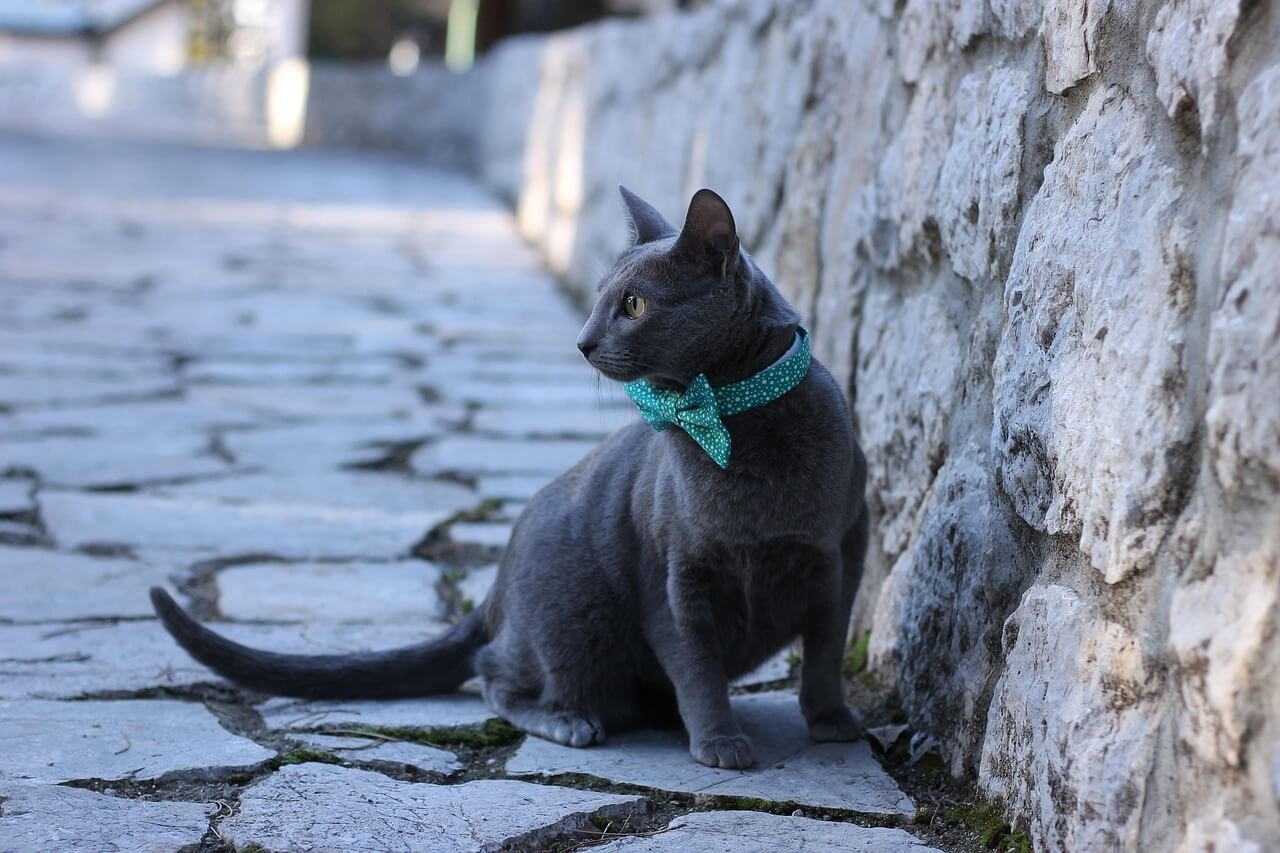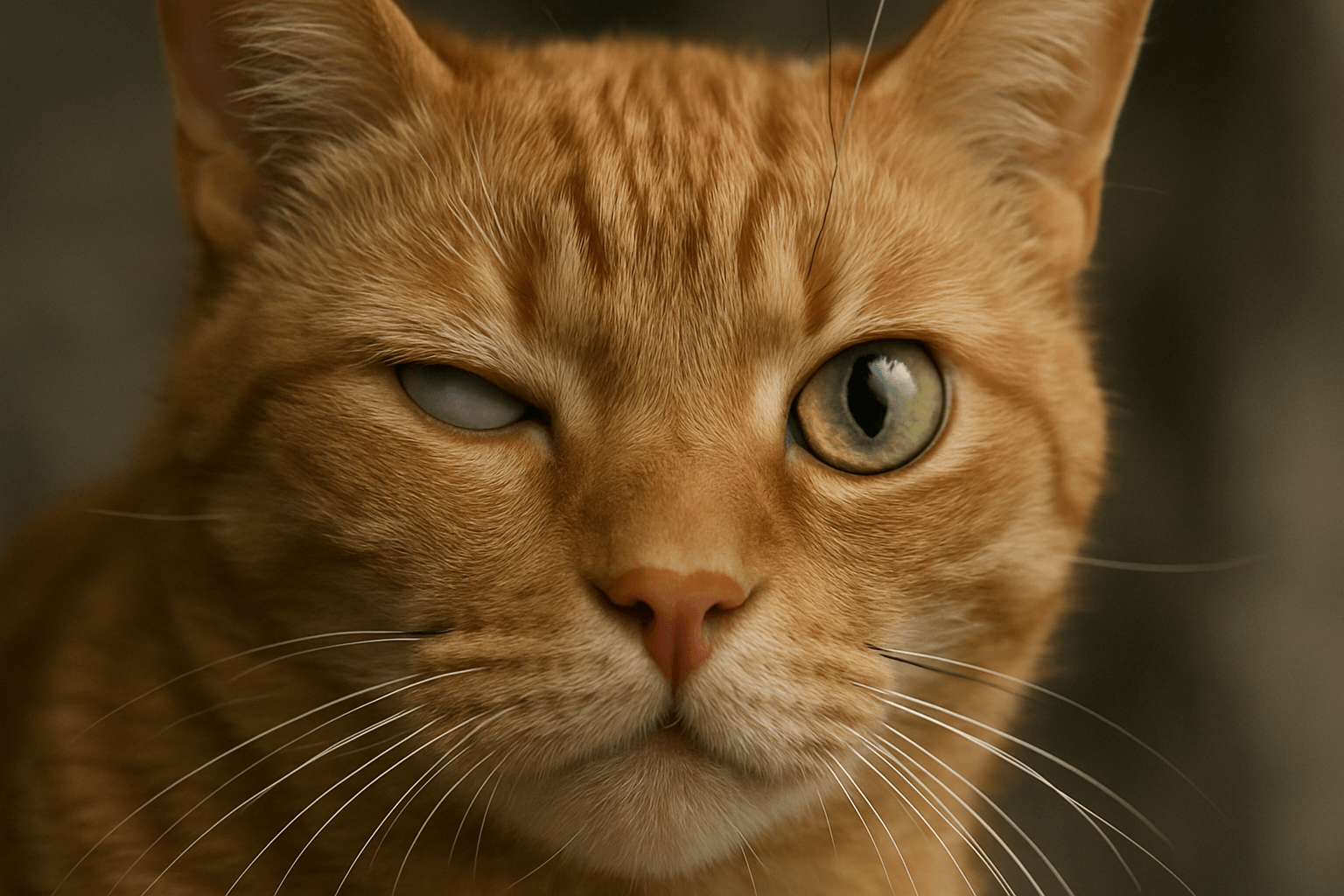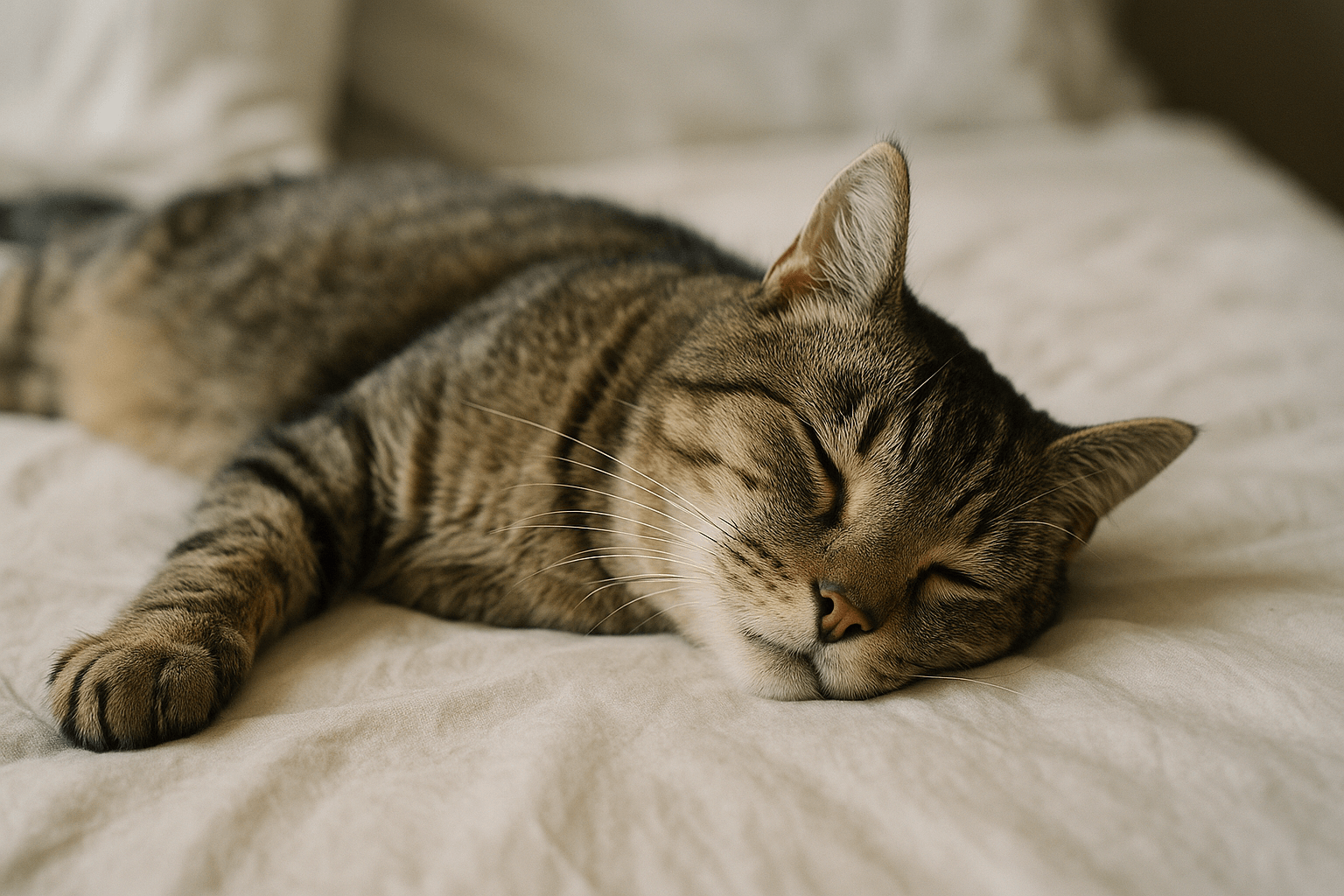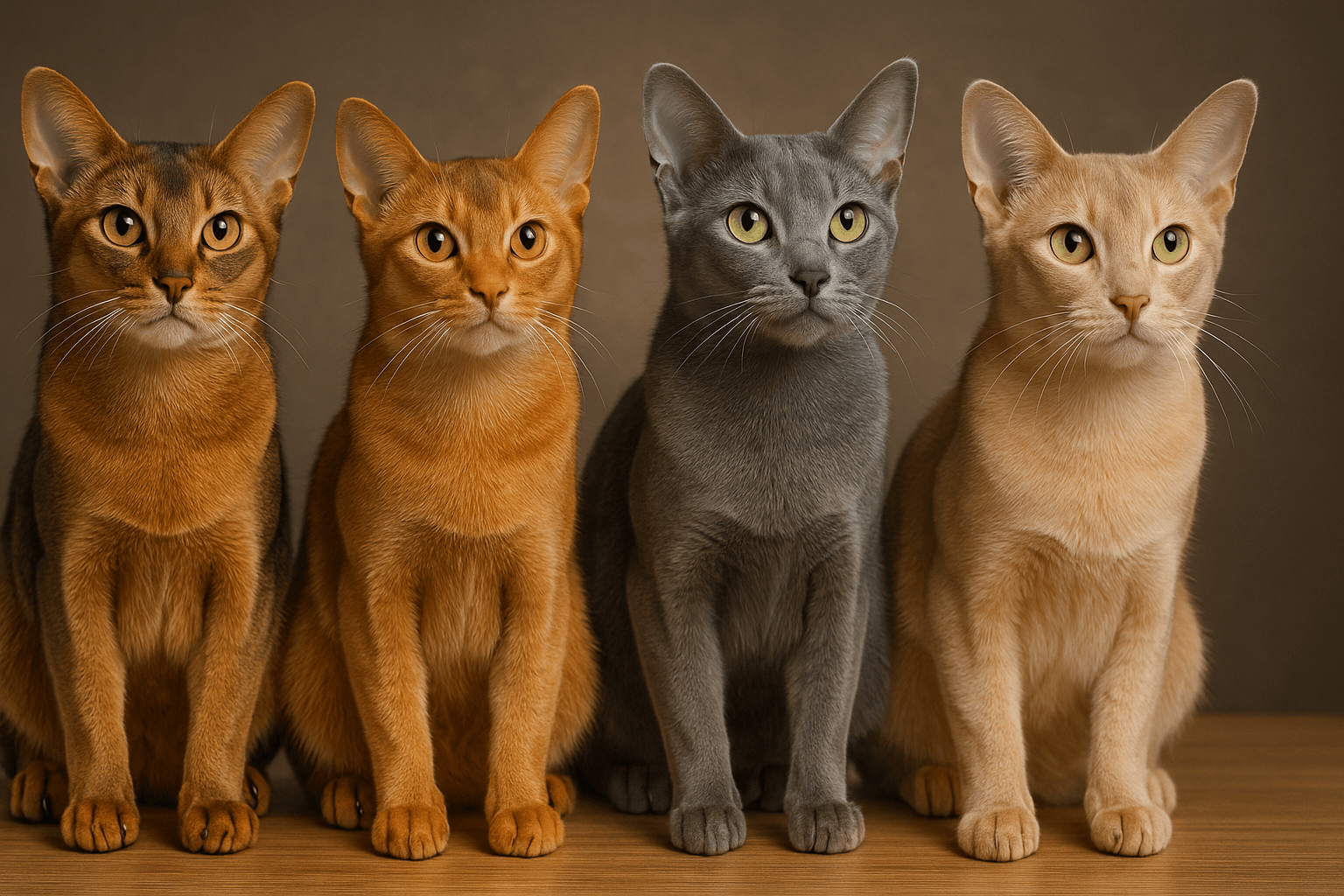Cat Eye Discharge Green: What It Means and How to Help Your Feline Friend
Green eye discharge in cats can be alarming for pet owners, but it’s important to understand that this symptom often signals an underlying issue that needs attention. While occasional clear discharge is normal, green or yellow discharge typically indicates an infection, irritation, or another health concern. Cats rely heavily on their vision, so any changes in their eyes should be taken seriously. In this article, we’ll explore the causes of green eye discharge, how to identify potential problems, and what steps you can take to ensure your cat’s eyes remain healthy. With proper care and prompt intervention, you can help your feline companion feel better and avoid complications.
Why Is My Cat’s Eye Discharge Green? Understanding the Root Causes
Green eye discharge is usually a sign that your cat’s immune system is fighting off an infection or dealing with irritation. Identifying the cause is crucial for determining the appropriate treatment. Here are some common reasons behind green eye discharge in cats:
Bacterial Infections :
Bacteria can invade the eye, leading to thick, greenish discharge and redness.Viral Infections :
Viruses like feline herpesvirus or calicivirus often cause upper respiratory issues and green eye discharge.Conjunctivitis (Pink Eye) :
Inflammation of the conjunctiva can result in green or yellow discharge along with swelling.Foreign Objects :
Dust, dirt, or debris trapped in the eye can irritate it and trigger an infection.Blocked Tear Ducts :
When tear ducts are blocked, tears and discharge may accumulate, leading to infections.
Understanding these causes can help you recognize when your cat needs veterinary care. Early diagnosis and treatment are essential to prevent further complications.
Signs That Accompany Green Eye Discharge in Cats
While green eye discharge is a key indicator of a problem, other symptoms often accompany it. Recognizing these signs can help you gauge the severity of the issue and seek timely care for your cat.
Red or Swollen Eyes :
Inflammation around the eye is a common sign of infection or irritation.Excessive Blinking or Squinting :
Cats with eye discomfort often blink frequently or keep their eyes partially closed.Cloudy or Discolored Cornea :
A change in the transparency of the eye may indicate a more serious condition.Pawing at the Eye :
If your cat constantly rubs or paws at their eye, it could signal pain or irritation.Lethargy or Loss of Appetite :
Systemic illnesses, such as viral infections, may cause additional symptoms like fatigue or refusal to eat.
These symptoms, combined with green eye discharge, should prompt a visit to the vet. Addressing the issue early can prevent long-term damage to your cat’s vision.
Check this guide 👉Cat Eye Discharge Red: Best 7 Health Tips!
Check this guide 👉Understanding Brown Cat Eye Discharge: Best 7 Health Tips!
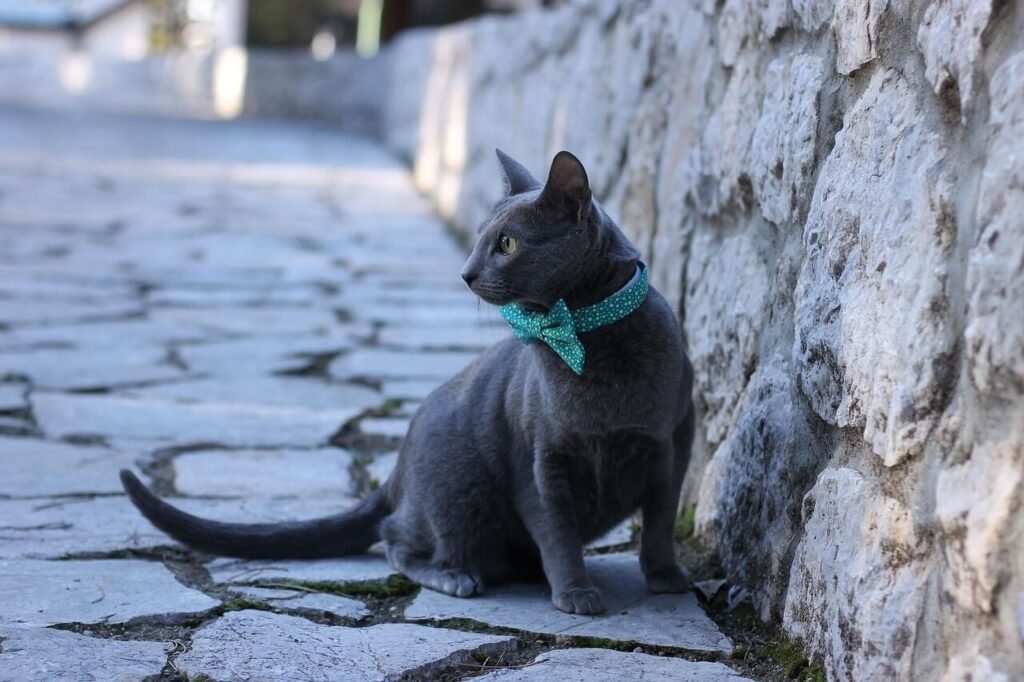
Causes of Green Eye Discharge | Treatment Options |
|---|---|
Bacterial infections | Antibiotic eye drops or ointments |
Viral infections | Antiviral medications and supportive care |
Conjunctivitis | Anti-inflammatory treatments |
Foreign objects | Removal of debris and flushing the eye |
Blocked tear ducts | Surgery or specialized cleaning procedures |
How to Keep Your Cat’s Eyes Healthy and Free from Infections
Prevention is always better than cure when it comes to your cat’s eye health. By taking proactive steps, you can reduce the risk of infections and green eye discharge. Here are some practical tips to keep your cat’s eyes in top condition:
Regular Cleaning :
Gently wipe your cat’s eyes with a damp cloth to remove dirt and crust.Maintain a Clean Environment :
Keep your home free of dust, allergens, and sharp objects that could irritate your cat’s eyes.Monitor for Changes :
Regularly check your cat’s eyes for redness, swelling, or unusual discharge.Vaccinate Against Common Illnesses :
Ensure your cat is up-to-date on vaccinations to prevent viral infections like feline herpesvirus.Provide a Balanced Diet :
Nutrient-rich food supports overall health, including eye function and immune strength.
By incorporating these practices into your routine, you can help protect your cat’s eyes and minimize the risk of infections.
What You Can Do at Home to Support Your Cat’s Recovery
If your cat has mild green eye discharge and you’re waiting for a vet appointment, there are steps you can take at home to provide comfort and support. However, remember that professional care is essential for persistent or severe cases.
Use a Warm Compress :
Soak a clean cloth in warm water and gently apply it to the affected eye to soothe irritation.Keep the Area Clean :
Wipe away discharge with a soft, damp cloth to prevent further irritation.Avoid Harsh Chemicals :
Never use human eye drops or medications without consulting a vet.Limit Outdoor Time :
Reduce exposure to allergens, dust, and debris by keeping your cat indoors temporarily.Observe Behavior Closely :
Monitor your cat’s symptoms and report any worsening signs to the vet immediately.
Home care can provide temporary relief, but it’s no substitute for professional treatment. Always consult a veterinarian if symptoms persist or worsen.
What Not to Do When Your Cat Has Green Eye Discharge
When your cat is experiencing green eye discharge, it’s easy to make mistakes that could worsen the condition. Understanding what not to do can help you avoid unintentional harm and ensure your cat gets the care they need. Here are some common pitfalls to steer clear of:
Using Human Medications :
Applying over-the-counter human eye drops can irritate your cat’s sensitive eyes and cause more harm than good.Ignoring the Problem :
Delaying treatment in hopes the issue will resolve on its own can lead to serious complications like vision loss.Forcing Your Cat’s Eye Open :
Trying to examine or clean a tightly shut eye can cause further injury or stress to your cat.Skipping Follow-Up Vet Visits :
Even if symptoms improve, failing to complete prescribed treatments can result in recurring infections.Exposing Your Cat to Irritants :
Allowing your cat near smoke, strong chemicals, or dusty environments can aggravate their condition.
Avoiding these mistakes ensures your cat receives safe and effective care. Always prioritize professional guidance when dealing with green eye discharge.
How to Comfort Your Cat During Recovery
Cats with eye problems may feel vulnerable or anxious, especially if their vision is affected. Providing emotional support can make the recovery process smoother and less stressful for your feline companion. Here are some ways to comfort your cat during this time:
Offer Extra Affection :
Spend quality time petting or talking softly to reassure your cat and reduce anxiety.Create a Calm Environment :
Minimize loud noises or sudden movements that might startle your cat while they’re healing.Use Familiar Scents :
Surround your cat with familiar bedding or toys to provide a sense of security.Limit Interaction with Other Pets :
Temporarily separate your cat from other animals to prevent added stress or accidental injury.Provide Easy Access to Essentials :
Place food, water, and litter boxes close by so your cat doesn’t have to navigate far while recovering.
By offering comfort and stability, you can help your cat feel safe and supported as they heal. A calm environment promotes faster recovery and strengthens your bond.
Managing Chronic or Recurring Eye Issues in Cats
Some cats are more prone to eye problems due to breed, age, or underlying health conditions. For these felines, long-term care is essential to minimize flare-ups and maintain eye health. Here are strategies to manage chronic eye issues effectively:
Regular Vet Check-Ups :
Schedule routine visits to monitor your cat’s eye health and catch potential issues early.Administer Preventive Treatments :
Use prescribed medications or supplements to reduce the risk of recurring infections.Maintain Optimal Hygiene :
Clean your cat’s eyes regularly to prevent debris buildup and irritation.Adjust Their Diet :
Incorporate omega-3 fatty acids and antioxidants to support eye health and boost immunity.Monitor for Early Warning Signs :
Stay alert for subtle changes in your cat’s eyes, such as redness or slight discharge, before they escalate.
With consistent care and attention, you can help manage chronic eye issues and improve your cat’s quality of life. Prevention and vigilance are key to keeping their eyes healthy in the long run.
Frequently Asked Questions About Green Eye Discharge in Cats
Is green eye discharge always a sign of infection?
While infections are a common cause, other factors like foreign objects or allergies can also lead to green discharge.
Can I treat my cat’s eye discharge at home?
Mild cases can be managed temporarily at home, but persistent or severe symptoms require veterinary care.
How long does it take for an eye infection to heal?
With proper treatment, most infections improve within 7–10 days, but chronic conditions may take longer.
Are certain breeds more prone to eye problems?
Flat-faced breeds like Persians are more susceptible to eye issues due to their anatomy.
Can green eye discharge affect my cat’s vision?
If left untreated, infections can lead to corneal damage or blindness, so prompt care is essential.
Final Thoughts: Prioritizing Your Cat’s Eye Health
Green eye discharge in cats is not something to ignore—it’s a clear signal that your feline friend needs attention. Whether caused by an infection, irritation, or another issue, addressing the problem promptly can prevent further complications and ensure your cat’s eyes stay healthy. By staying vigilant, practicing preventive care, and seeking veterinary guidance when needed, you can safeguard your cat’s vision and overall well-being. Remember, your cat relies on their eyes to explore the world, and with your love and care, they’ll continue to do so comfortably and happily for years to come.
Why Is My Cats Second Eyelid Showing? Best 7 Expert Tips! Understand causes, health signs, and how to respond when your cat’s third eyelid becomes visible.
How Do I Know If My Cat Died Peacefully? Best 7 Expert Tips! Discover the quiet signs of a peaceful feline passing and find comfort in their final moments.
How Do I Know If My Cat Died Peacefully? A Gentle Guide for Heartbroken Owners Losing a cat is not just …
Why Do Abyssinian Cat Colors Matter? Best 7 Expert Tips! Discover the genetics, rare hues, and care secrets behind Abyssinian coat colors for a healthier, happier cat.

